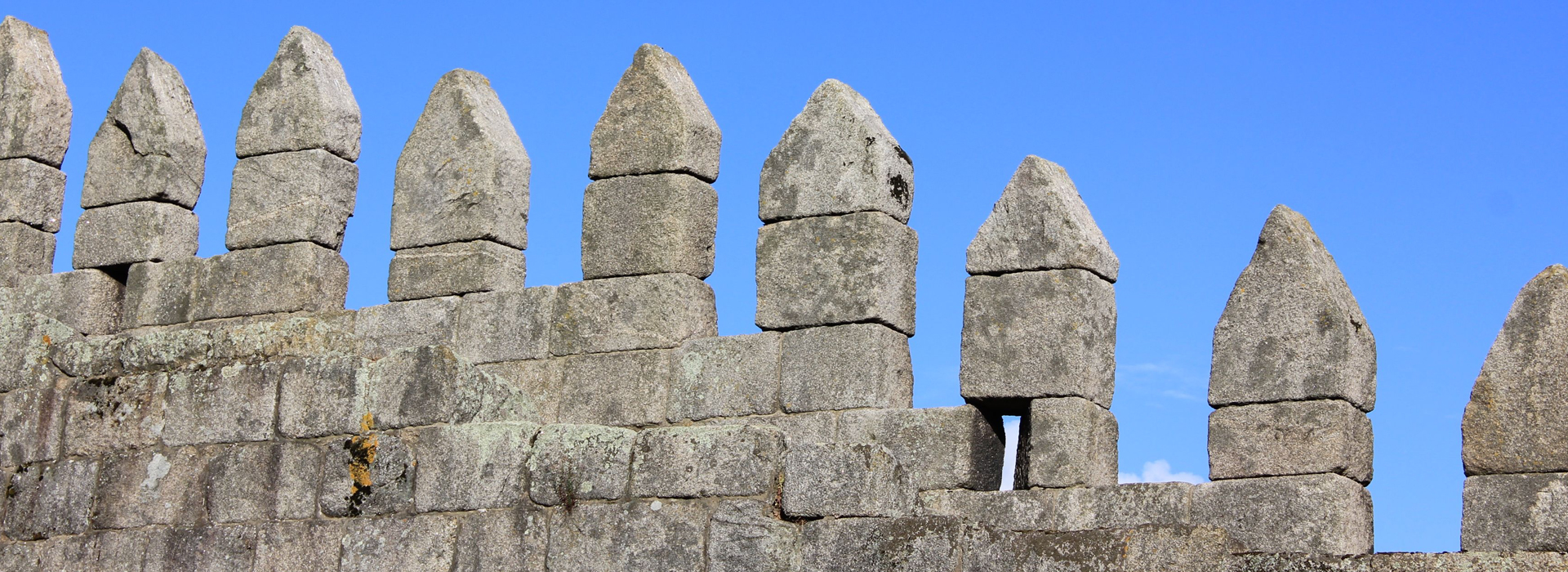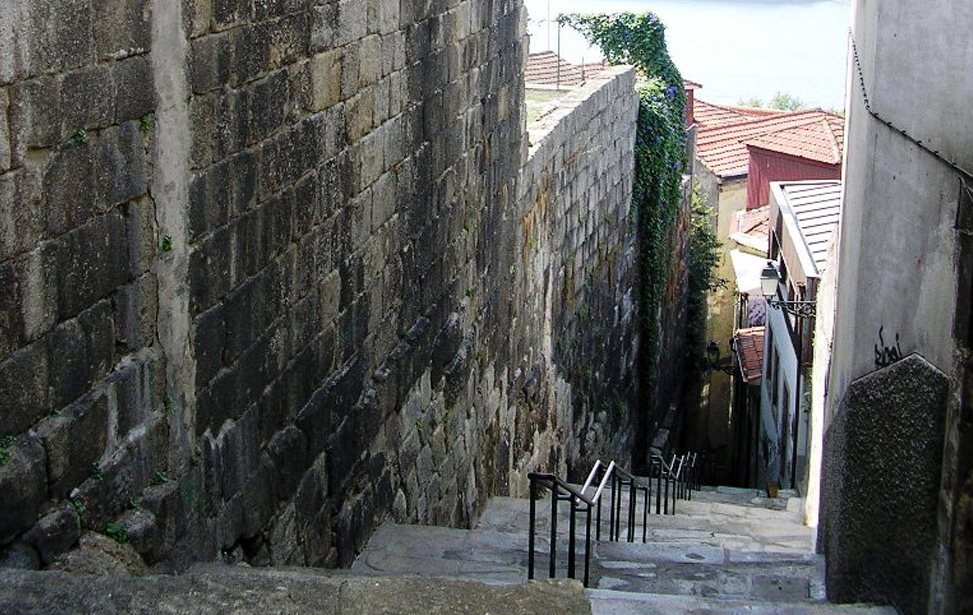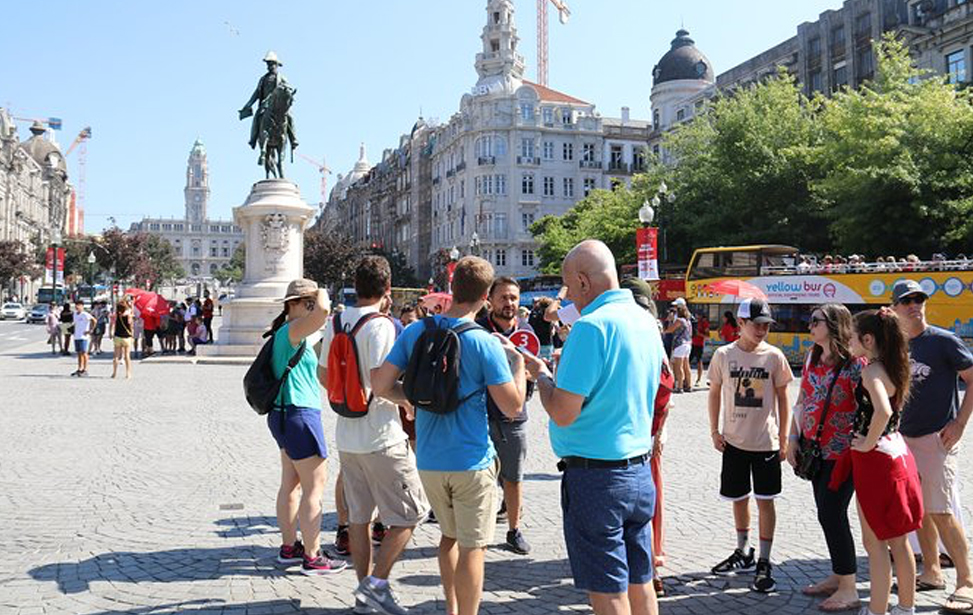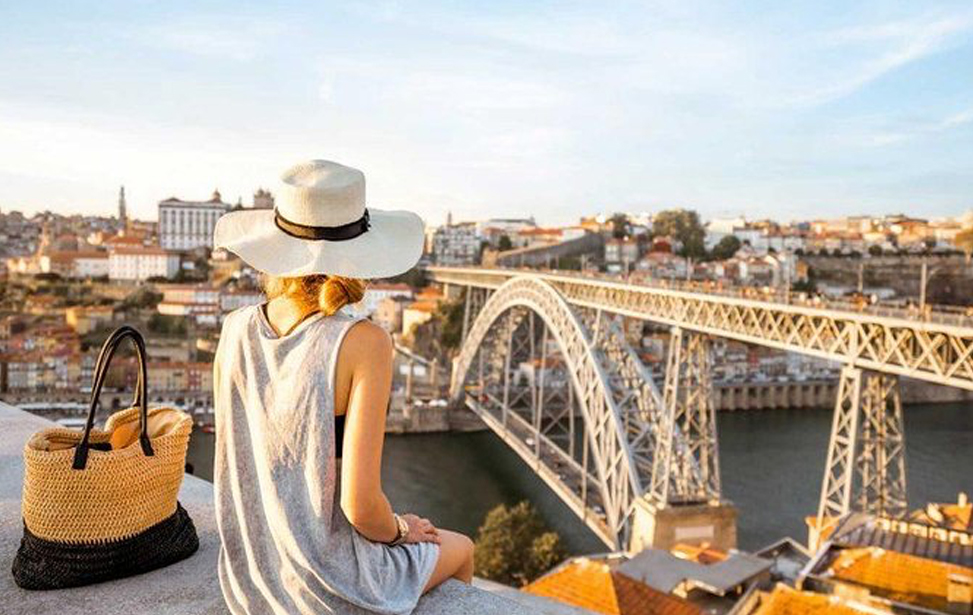There were over 2500 metres of enclosing battlements constructed with an average height of ten metres. Topped by bastions, strengthened by turrets and rectangular watchtowers. These walls are best seen at Trecho do Caminho Novo in downtown Porto, the gate Postigo do Carvão in the Ribeira and the Trecho dos Guindais in the Batalha district.
Trecho dos Guindais
The Trecho dos Guindais part of the wall was restored in 1920 and are open to the public to walk along. The views from here gives an unique view of the Luis I bridge and River Douro below.
Monday – Friday: 08h30 - 17h30, Weekends: By Appointment Only | FREE
Rua de Arnaldo Gama 80, 4000-192 Porto, Portugal. | 41º 08' 35.1" N | 08º 36' 30.7" W
Funicular dos Guindais
The Guindais funicular railway descends 61 metres (200 ft) down the steep cliff from Batalha to the quayside at Ribeira opposite the bridge entrance. The three-minute journey is used by commuters and tourist alike. The original was built in 1891 however the present service dates from 2004. As the self-levelling cars descend it follows for a part the line of the medieval walls and gives a birds-eye view of the Dom Luís I Bridge and beyond over the quaysides of Ribeira and Cais de Gaia. The funicular is an ideal way to traverse the steep hill between central Porto and the Ribeira, saving time and tired feet.
It's operated by the Porto Metro company and accessed using the Andante ticket, allowing a trip on the funicular to be combined with a journey on the Porto Metro and selected bus routes.
Monday to Friday: 08h00 – 20h00, Weekends: 08h00 - 00h00
Trecho do Caminho Novo
The western section of the Muralhas Fernandina can be seen up close by climbing the steps (Escadas do Caminho Novo) which join the riverside off the Rua Nova da Alfândega, with the Largo São João Novo, next to the Capela Nossa Senhora Esperança and runs along the length of these old defensive walls. Many of the structures, including walls and towers, are integrated into the buildings of the old town.


 MAD ABOUT LISBON
MAD ABOUT LISBON MAD ABOUT SINTRA
MAD ABOUT SINTRA MAD ABOUT PORTUGAL
MAD ABOUT PORTUGAL












